Chef Clodagh McKenna on her homesteading life
In her new monthly column, Irish chef and food writer Clodagh McKenna shares what's happening on her sustainable homestead
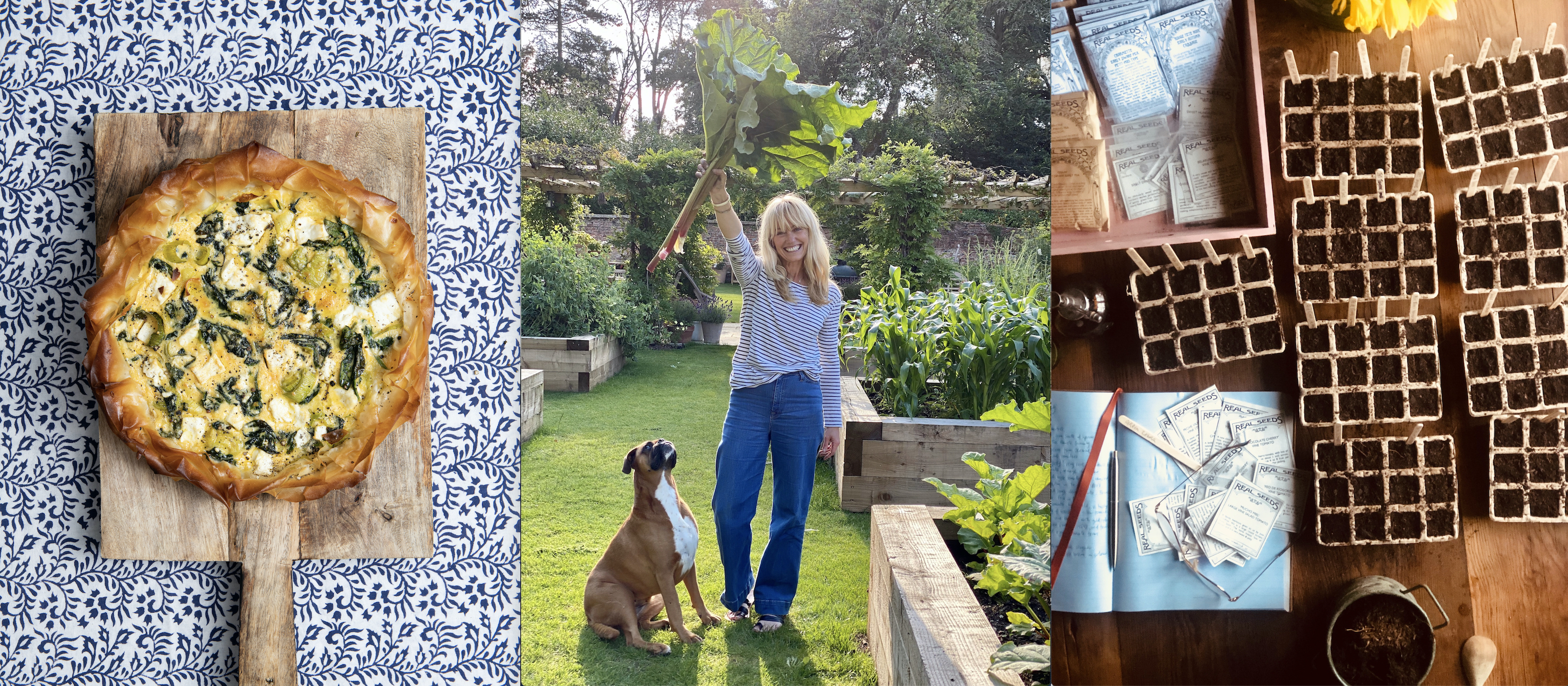

If you've thought about collecting chickens eggs from your backyard for breakfast, if you've swapped binge-watching Netflix for digging your kitchen garden, and if your latest outfit is a beekeeper's coveralls and hat, then welcome to the world of backyard farming.
There's been a surge in people seeking a more sustainable way of life by keeping animals, growing crops and harvesting everything from honey to wild fruits and flowers. And you don't need a huge farm or access to the countryside to do it.
'From planning kitchen garden ideas to keeping your own kitchen coops like Harry and Meghan, we're finding practical, homegrown ways to connect with nature,' says Andréa Childs, Editor of Country Homes & Interiors. 'Which is why we asked the brilliant chef and food writer Clodagh McKenna to write about her own homestead life.
'In a new monthly column, Clodagh will be sharing what's happening in her plot, month by month and season by season. Check in to keep up to date and find inspiration for your own backyard homesteading adventure.'
Backyard homesteading: a new way to use your land
'I am so excited to start my monthly column about all that happens in our sustainable homestead, Broadspear,' says Clodagh.
'Each month I’ll share stories from my plot, and any knowledge that I have learnt, tried and tested – from growing vegetables and tending an orchard, to keeping hens, bees and, soon to be coming, pigs!
'I live in Broadspear with my husband, Harry. It’s a charming property that we moved into just over three years ago, and it sits within its own 80 acres of Highclere Park in Hampshire. It’s a somewhat forgotten part of the park but a very important piece of the Capability Brown landscape.
'This month I'll introduce to your homestead, and come back in the weeks ahead to learn what I'll be doing season by season on my land.'
Breaking ground at Broadspear
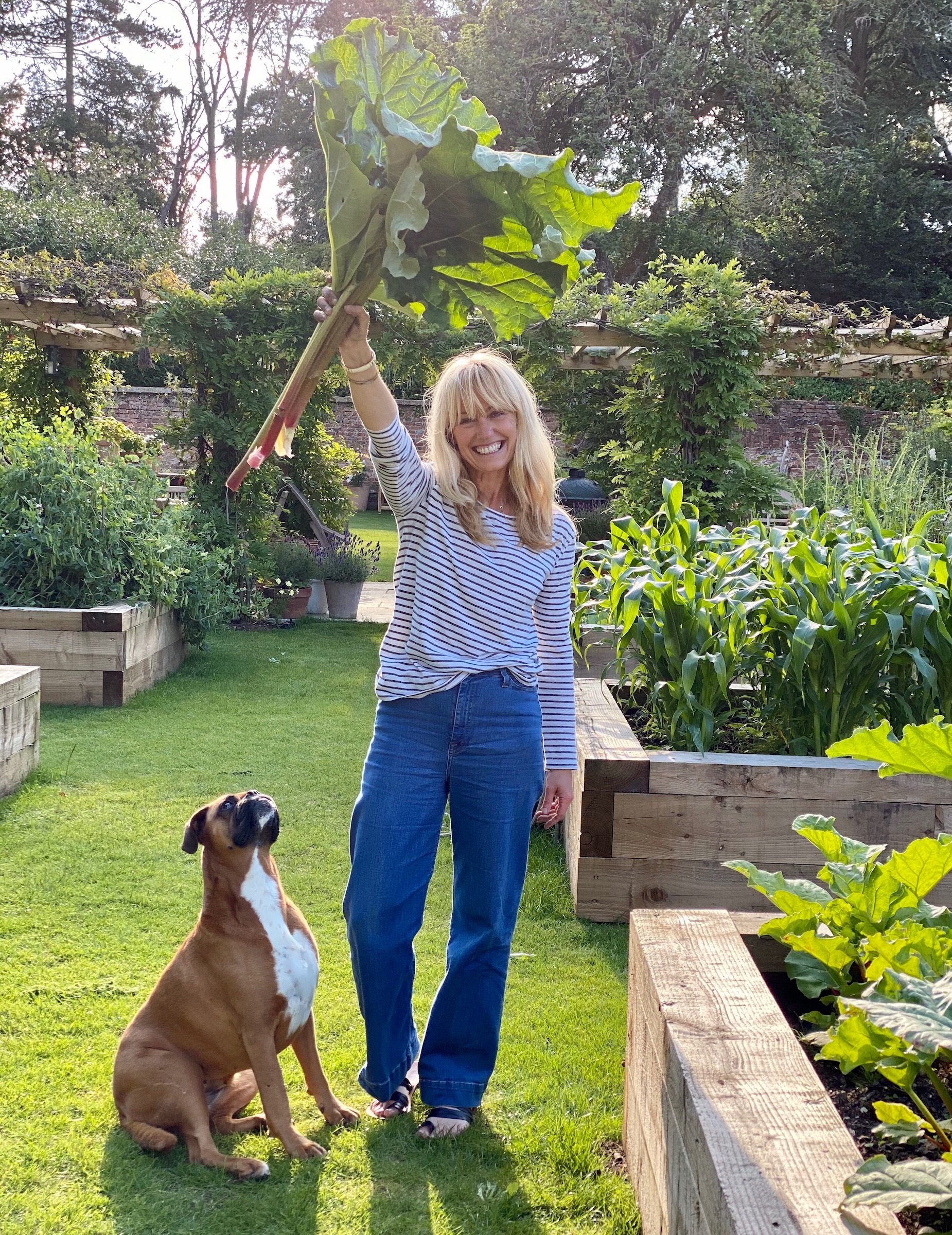
'When we first moved in, the task of getting a garden going was overwhelming as there wasn’t a single plant growing here and so much work to do.
'Close to the house lies a walled garden built in the 1700s as a menagerie, but it had sadly been neglected for over 100 years. Being a chef, I had always dreamed of growing my own vegetables and fruit, and so we started the garden renovations here.
'We levelled the entire space and built 10 x 8ft raised beds to grow a wide variety of vegetables, herbs, salads and soft fruit. We also put up a pergola in the centre of it all so that we could eat, cook and relax while enjoying the fruits of our labour! We’ve also planted an orchard of 32 fruit trees, sown a wildflower meadow, and we’re starting a half-acre cutting garden.'
Bringing in the bee hives
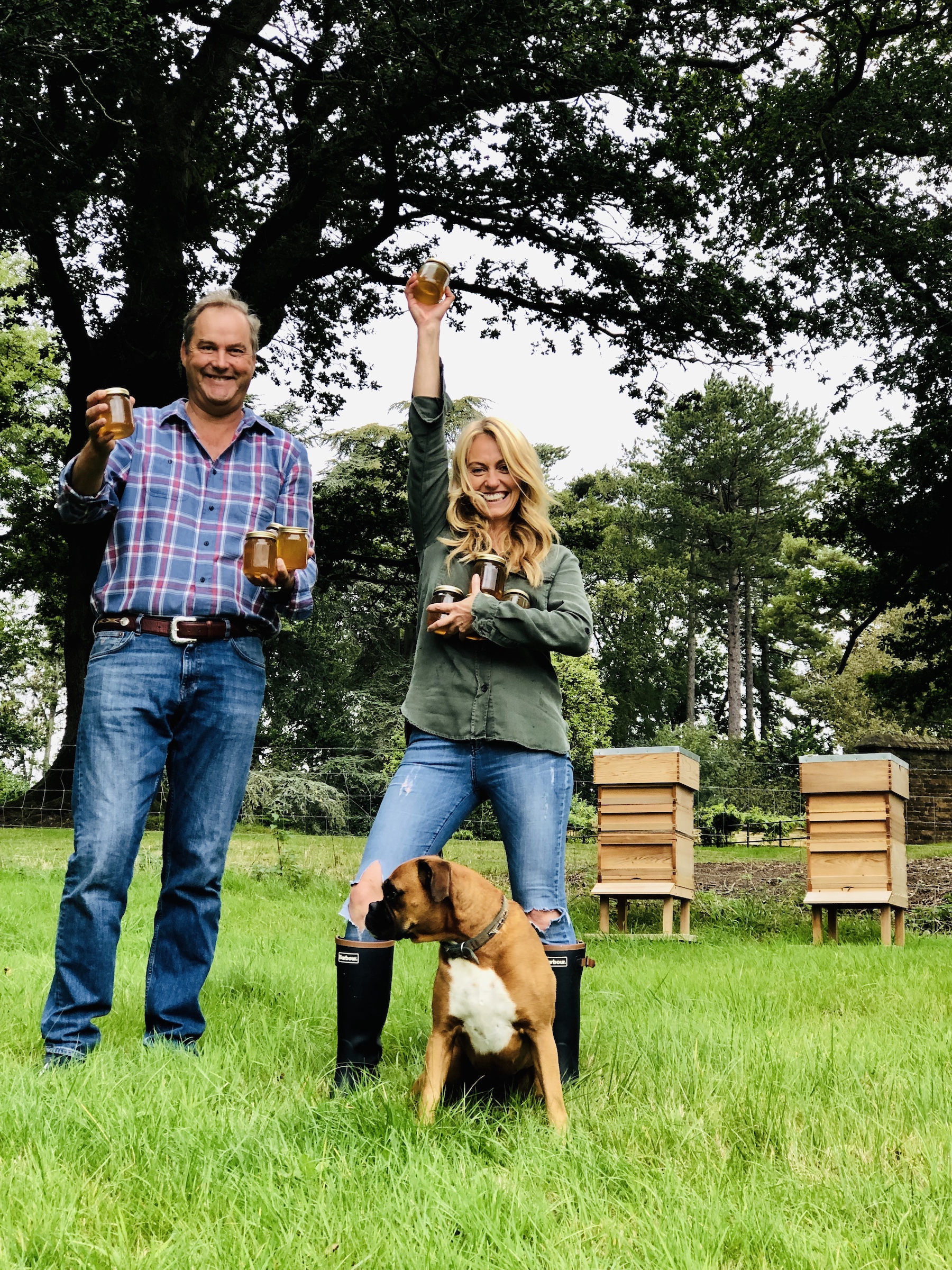
Beginner beekeeping is something Clodagh is passionate about.
'In the summer of 2019 we introduced two bee hives, then added another three at the start of last year, so we now have five working hives.
'Honeybees are some of the most beneficial creatures in our environment. They’re natural pollinators, which means they help our local flora to reproduce and flourish, so the bees are really important to the full circle of sustainability we are attempting here at Broadspear.
'They also provide us, our family and friends with honey all year around! Any surplus I pot up and sell in my online store.'
Introducing our hens
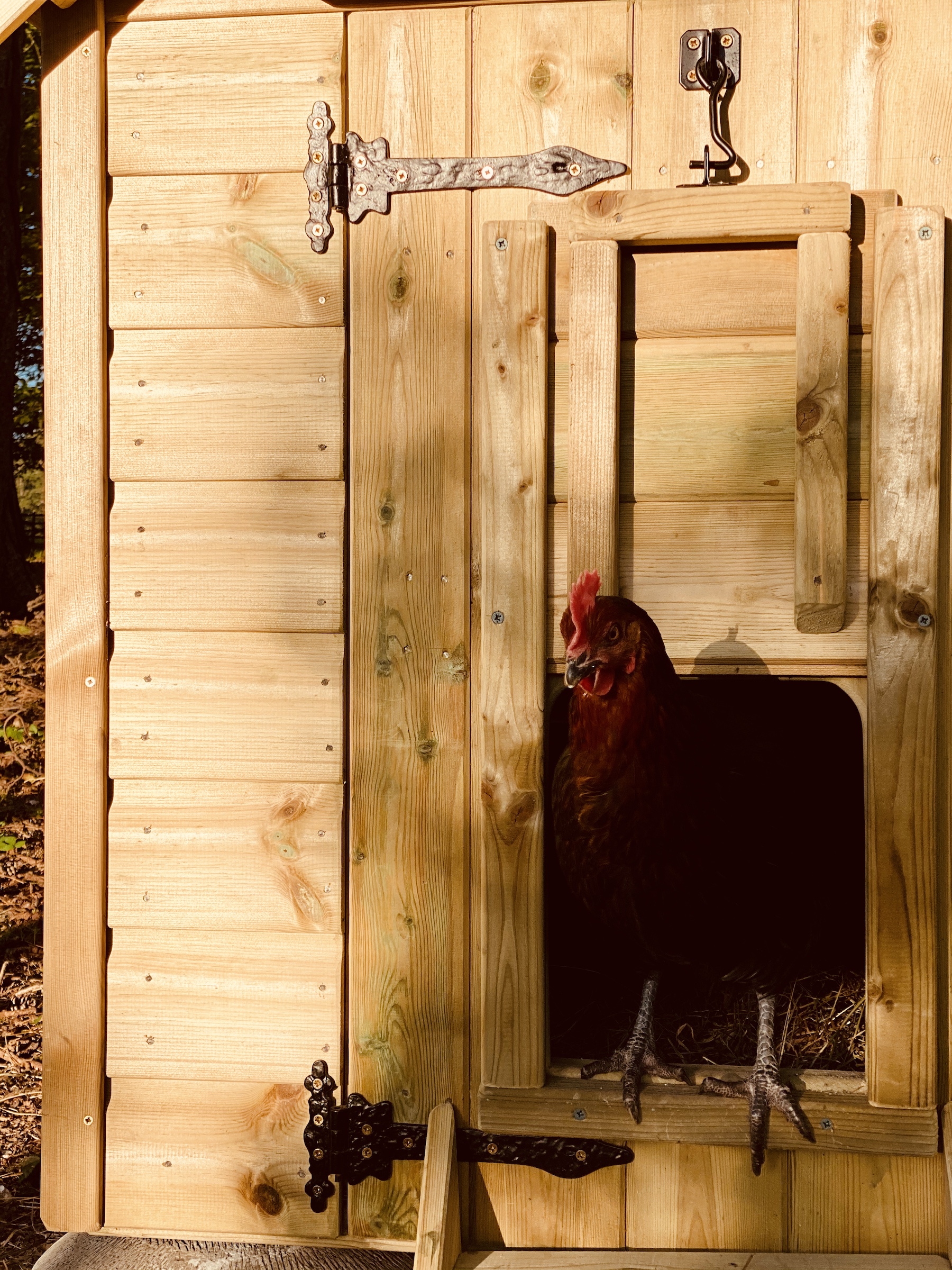
Clodagh is also turning her hand to keeping chickens. 'And on to our hens – our beautiful girls! We now have 14, a mix of Burford Browns, Old Cotswold Legbars, Olives and Dekalb Whites. They bring so much joy and life to Broadspear, as well as the most delicious fresh eggs daily. They have such an important role to play in our sustainable cycle, as their poo is brilliant for our compost.'
Planning and planting for the year ahead
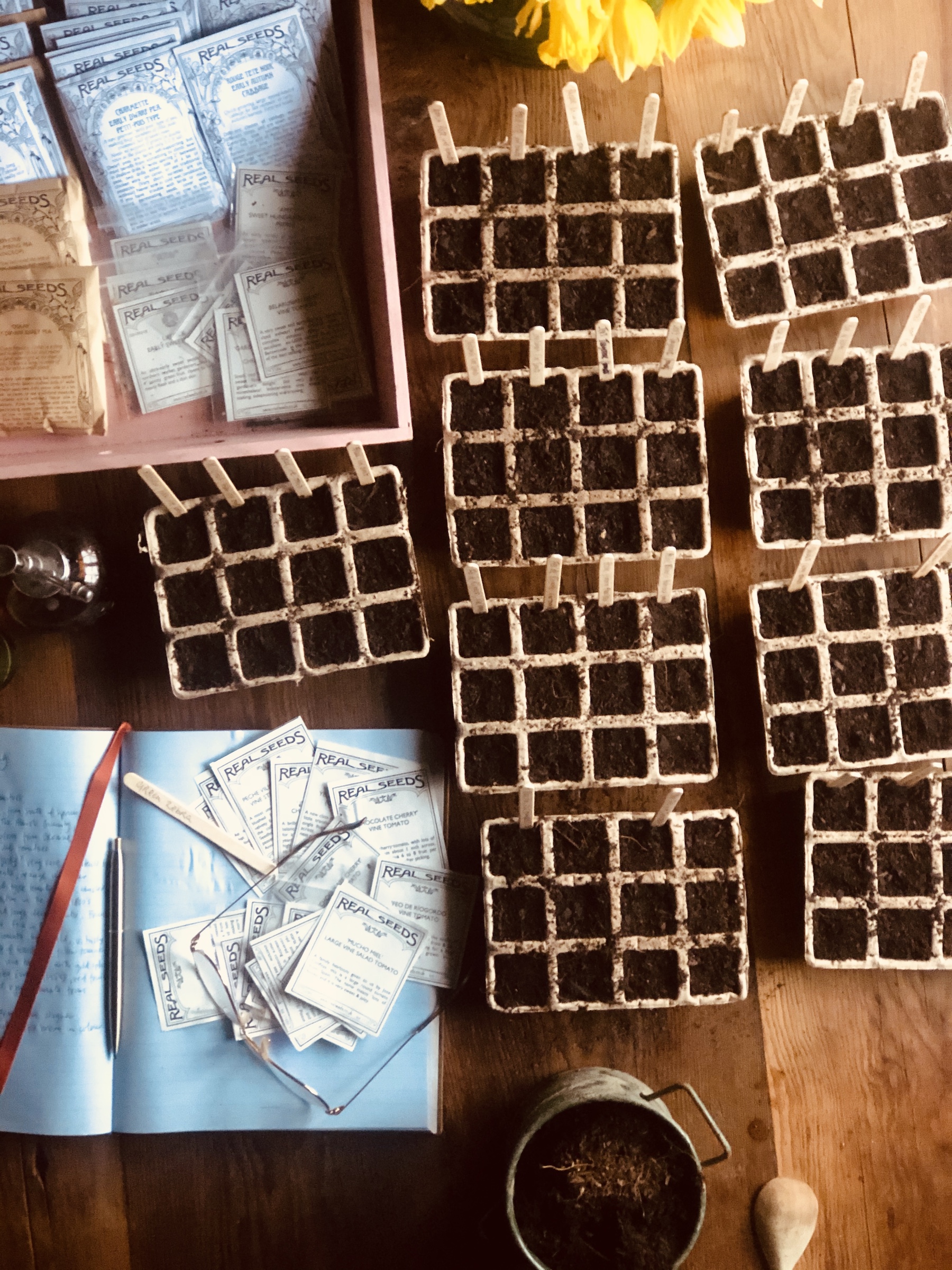
'I love January and February on my homestead, as it’s all about new beginnings and planning ahead for the year.
'I like to grow from seed; it’s more laborious but you get a stronger plant and you save money. Over the next couple of weeks I will be germinating my tomato, pea, aubergine, celery, French bean and salad seeds.
What you will need for this is a propagator and seed sowing compost, easily available from garden centres or online. For those of you who are new to growing fruit and vegetables, a propagator is a tray that has lots of little modules for you to pop all your different seeds in and it comes with a lid to keep the seeds lovely and warm.
'I’ve just received my tomato seeds in the post; this year I’ve chosen Tigerella, Chocolate Cherry, Noire de Crimee and Stupicke Polni Rane. Growing season is here; let the fun begin!'
Recipe: spinach, leek and feta filo tart

Clodagh created this recipe using produce from her vegetable plot. Serves 4
Ingredients:
2 tbsp olive oil
2 leeks, sliced
2 cloves of garlic, crushed / minced
200g spinach (or asparagus)
2 eggs
200ml double cream
80g parmesan cheese, grated
100g crumbled feta cheese (or ricotta)
Grating of fresh nutmeg
4 sheets of filo pastry
50g butter, melted
sea salt and freshly ground black pepper
Method:
Pre-heat the oven to 190°C.
Place a saucepan over a low heat and add the olive oil, then stir in the sliced leeks and garlic. Cover and cook for 4 minutes. Then remove the lid and stir in the spinach. Cook for a further 1 minute. Then remove from the heat and allow to cool a little.
While the leeks have been cooking, in a large mixing bowl, whisk the eggs and then pour in the cream and grated parmesan cheese. Season with sea salt, freshly ground black pepper and a grating of fresh nutmeg and whisk again. Then fold in the cooked leeks and spinach.
Grease a 23cm, loose bottom tart tin with the melted butter. Brush each sheet of filo pastry with the melted butter and place the filo pastry sheets in the tin, one by one, in different angles so that each corner of the sheet isn’t overlapping on the rim and gently scrunch the pastry to form a pretty rim. Spoon the tart filling into the centre of the tin and using the back of the spoon spread the mixture out evenly. Crumble over the feta and gently press it into the mix.
Place the tart in the pre-heated oven. Bake for 8 minutes then check to see if the pastry golden. Cover the edges of the tart loosely with foil to stop the filo getting too dark and bake for a further 12-15 minutes or until the centre is just set.
Sign up to the Homes & Gardens newsletter
Design expertise in your inbox – from inspiring decorating ideas and beautiful celebrity homes to practical gardening advice and shopping round-ups.
Andrea has been immersed in the world of homes, interiors and lifestyle since her first job in journalism, on Ideal Home. She went from women's magazine Options to Frank. From there it was on to the launch of Red magazine, where she stayed for 10 years and became Assistant Editor. She then shifted into freelancing, and spent 14 years writing for everyone from The Telegraph to The Sunday Times, Livingetc, Stylist and Woman & Home. She was then offered the job as Editor on Country Homes & Interiors, and now combines that role with writing for sister title homesandgardens.com.
-
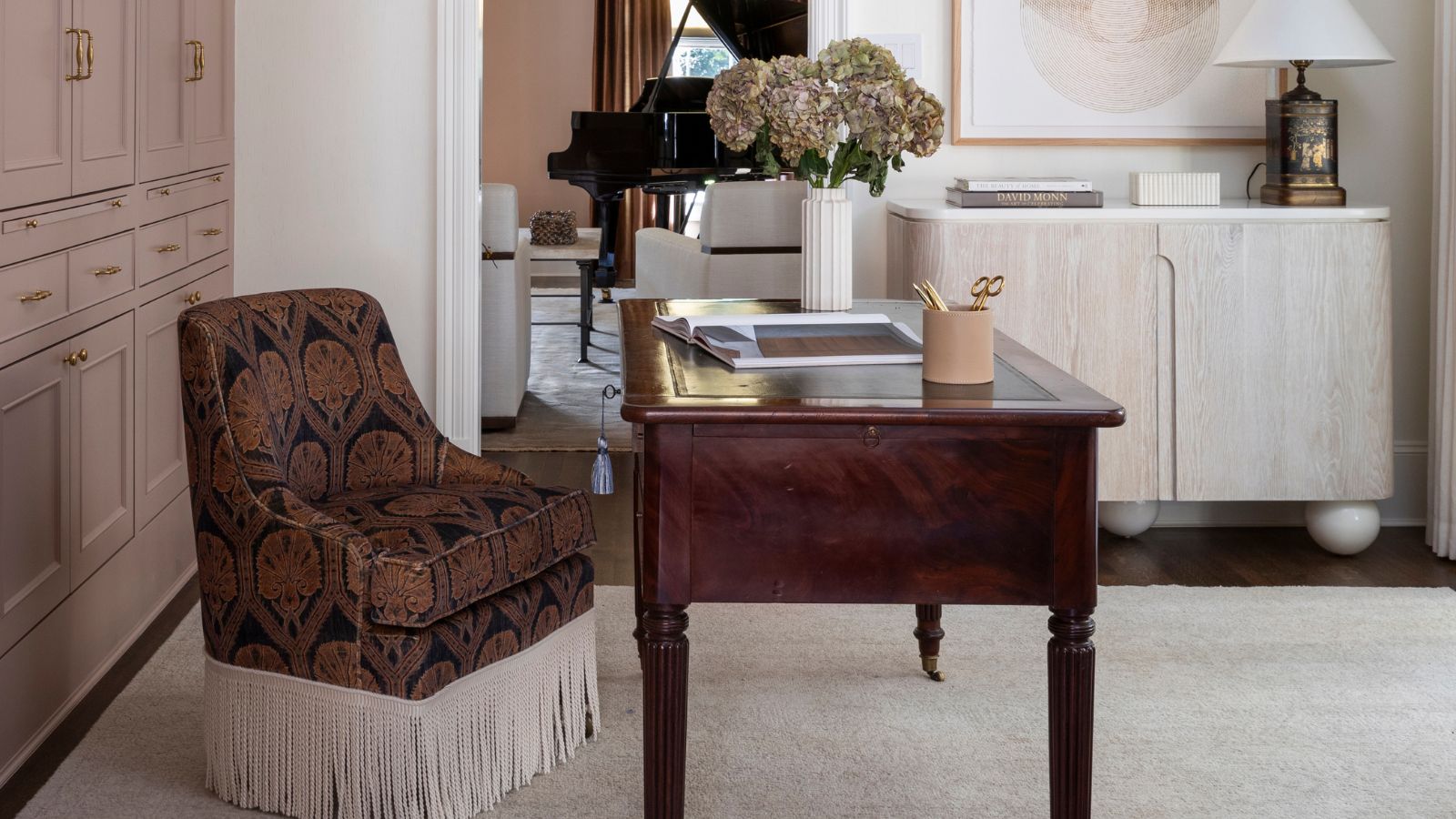 The rumours are true, the NYC trend for fringes and trimmings is actually happening – they are the secret weapon for making a room look expensive
The rumours are true, the NYC trend for fringes and trimmings is actually happening – they are the secret weapon for making a room look expensiveA trim or a ruffle is the finishing touch that can take a scheme from ordinary to the extraordinary in an instant
By Jennifer Ebert Published
-
 How to grow impatiens – garden experts reveal the secrets to growing this shade-tolerant, sparkling summer plant
How to grow impatiens – garden experts reveal the secrets to growing this shade-tolerant, sparkling summer plantBoth 'Busy Lizzie' and 'New Guinea' impatiens can thrive in shady yards
By Ellen Wells Published